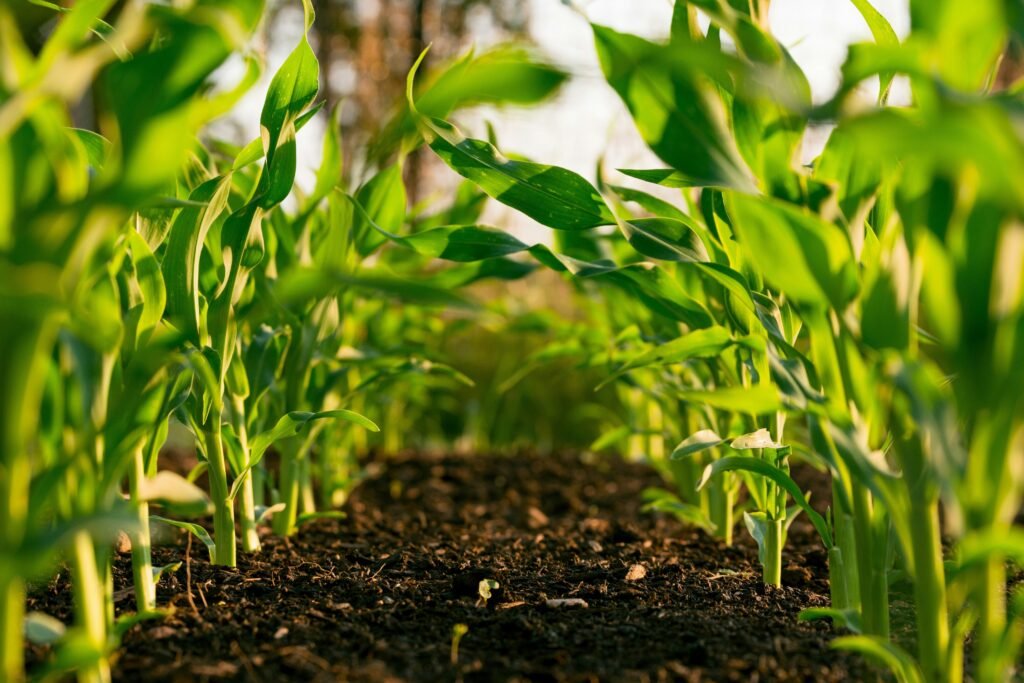Table of Contents
ToggleWhat is Smart Agriculture?
Smart agriculture refers to the integration of modern technologies into traditional farming methods to enhance productivity, efficiency, and sustainability. Using data-driven solutions such as sensors, AI algorithms, and IoT, smart farming enables precise monitoring of crops and livestock, helping farmers make informed decisions and optimize resources. The 3 aspects of culture Identity, Language, and Traditions
By leveraging these technologies, smart agriculture minimizes waste, conserves water, reduces chemical usage, and enhances crop yield—all while ensuring sustainable farming practices. This technology-driven approach is vital in addressing global challenges such as food security and environmental sustainability.
Benefits of Smart Agriculture
Smart agriculture offers numerous advantages to both farmers and the environment:
-
Increased Efficiency:
Through precision farming, resources like water, fertilizers, and pesticides are used more efficiently. Farmers can apply the right amount of input at the right time, reducing waste and boosting crop productivity.
-
Cost Reduction:
Automating tasks such as irrigation and pest control with smart systems reduces labor costs. Additionally, optimizing inputs based on real-time data helps farmers cut down on unnecessary expenses.
-
Sustainability:
Smart agriculture supports sustainable farming by reducing the overuse of natural resources, minimizing greenhouse gas emissions, and promoting environmentally-friendly practices. Unpacking the Concept of 2nd Culture: How Globalization Shapes Identity
-
Improved Yield:
By using AI and machine learning algorithms, farmers can predict potential crop issues and take preventive measures, leading to better crop health and higher yields.
-
Data-Driven Decisions:
The real-time monitoring of soil health, weather conditions, and crop performance allows farmers to make data-driven decisions that improve the overall management of their farms.
Key Technologies Used in Smart Agriculture
Smart agriculture relies on a range of advanced technologies that work together to optimize farming processes:
1. Internet of Things
IoT devices such as sensors and cameras collect data on soil moisture, temperature, and crop health. This data is then transmitted to cloud-based platforms where farmers can monitor their fields remotely. IoT helps in precision farming by ensuring that crops receive the right amount of water and nutrients at the right time.
2. Artificial Intelligence
AI-powered systems analyze data gathered from IoT devices and other sources to predict outcomes and recommend actions. AI applications in smart farming include crop disease detection, weather prediction, and autonomous farming machines that perform tasks like planting and harvesting.
3. Drones and Satellites
Drones and satellites are used for aerial monitoring of large fields, providing high-resolution images and data that help farmers assess crop health, detect pests, and plan irrigation. Drones equipped with multispectral sensors can detect issues that are invisible to the human eye, such as nutrient deficiencies or water stress.
4. Robotics and Automation
From autonomous tractors to robotic milking machines, robotics play a crucial role in automating repetitive tasks in farming. This technology not only reduces labor costs but also increases efficiency and precision in processes like planting, weeding, and harvesting.
5. Big Data and Analytics
Smart agriculture generates massive amounts of data, and big data analytics are essential in processing and interpreting this information. Data from various sources such as weather forecasts, market trends, and crop conditions are analyzed to help farmers make better decisions about planting, harvesting, and selling their produce.
Real-World Applications of Smart Agriculture
Farmers around the world are already experiencing the benefits of smart agriculture. Here are some real-world applications of these technologies:
1. Precision Farming in the Netherlands
Dutch farmers have adopted precision farming techniques, using IoT devices and AI algorithms to monitor their crops. By analyzing soil conditions and weather patterns, they are able to reduce water usage by 30% and increase crop yields by 20%.
2. Drone-Assisted Farming in the United States
In the U.S., many large-scale farms are using drones equipped with thermal and multispectral cameras to monitor crop health. These drones provide real-time data that helps farmers detect pests and diseases early, allowing for targeted treatment that minimizes the use of chemicals.
3. IoT-Based Livestock Monitoring in Australia
In Australia, ranchers use IoT devices to track the health and movement of livestock. Sensors attached to animals monitor vital signs such as heart rate and body temperature, alerting farmers to any signs of illness or injury, ensuring quick and effective treatment.
Challenges and Future Trends in Smart Agriculture
While smart agriculture offers many benefits, it also presents certain challenges:
1. High Initial Costs
The initial investment required for implementing smart farming technologies can be high, especially for small-scale farmers. However, as technology advances and becomes more accessible, the costs are expected to decrease.
2. Lack of Technical Knowledge
Many farmers may lack the technical skills needed to operate and maintain advanced farming equipment. Providing training and support is essential to ensure successful implementation of smart agriculture solutions.
3. Data Privacy Concerns
The vast amounts of data collected by smart farming devices raise concerns about data privacy and security. Ensuring that farmers’ data is protected is critical to building trust in these technologies.
Future Trends:
-
Blockchain for Traceability:
Blockchain technology is expected to play a significant role in enhancing transparency and traceability in food production, allowing consumers to track the journey of their food from farm to table.
-
AI-Driven Crop Management:
AI is likely to become even more integrated into smart agriculture, offering more sophisticated tools for predicting crop yields and managing resources.
-
Sustainable Solutions:
As the demand for sustainable farming grows, smart agriculture technologies will continue to evolve to meet environmental challenges.
Practical Tips for Implementing Smart Agriculture
Here are some actionable steps for farmers looking to implement smart agriculture:
-
Start Small:
Begin with affordable IoT devices such as soil sensors or weather stations to monitor key metrics before expanding to more complex systems.
-
Use Data for Decision-Making:
Leverage the data collected from smart devices to make informed decisions about crop management, irrigation, and pest control.
-
Collaborate with Experts:
Partner with technology providers and agricultural experts to understand the best solutions for your specific farming needs.
-
Invest in Training:
Make sure you and your team are trained to operate and maintain the smart farming technologies effectively.
Conclusion
Smart agriculture is more than just a trend—it’s the future of farming. By incorporating cutting-edge technologies like IoT, AI, and drones, farmers can improve productivity, reduce costs, and promote sustainability. The adoption of smart agriculture is crucial for meeting the challenges of feeding a growing global population while preserving the environment.
- Sophia Reynoldshttps://nexorahub.com/author/sophia-reynolds/
- Sophia Reynoldshttps://nexorahub.com/author/sophia-reynolds/
- Sophia Reynoldshttps://nexorahub.com/author/sophia-reynolds/
- Sophia Reynoldshttps://nexorahub.com/author/sophia-reynolds/



